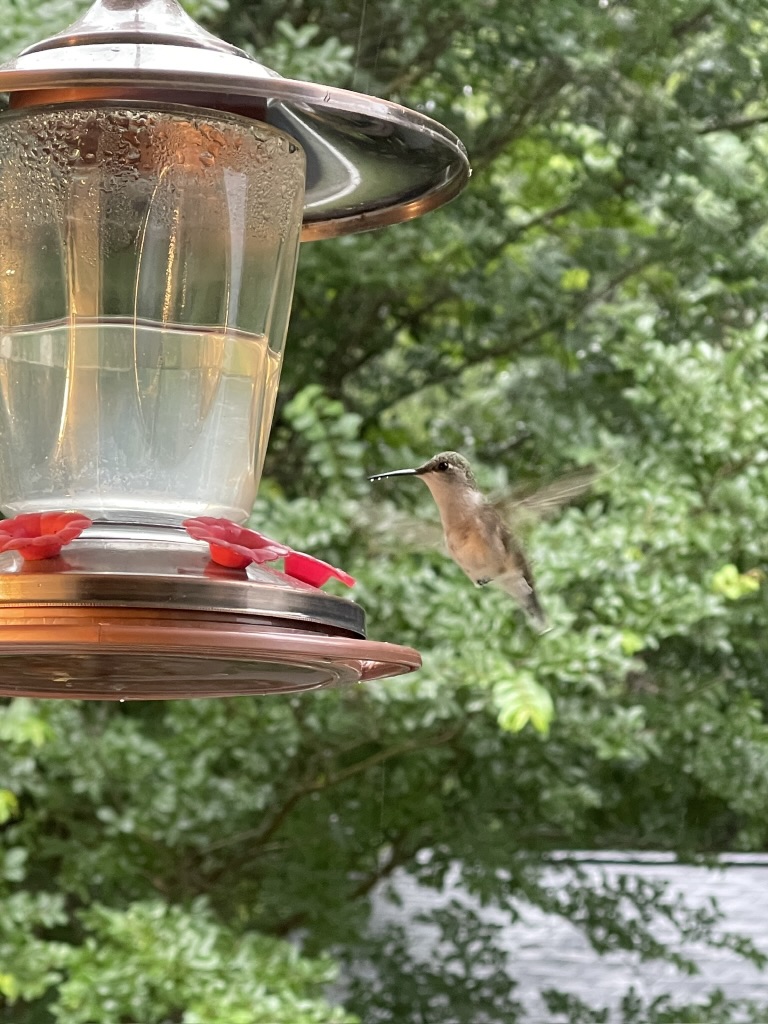
Homemade Hummingbird Nectar
Do you have hummingbirds that need love and care where you live? For years, these sweet little birds have been enjoyed and fed and watched here. In fact they eat far more sugar than other members of this household combined each week. A homemade hummingbird nectar has been made in gallons here over the years.
Hummingbird Facts
- Impressive Migrators-Hummingbirds are the smallest migrating birds and can travel up to 500 miles alone. In fact some travel 500 miles across the Gulf of Mexico without stopping.Their lifespan ranges from 2 to 5 years and weigh less than 2 pennies.
- Parent Role- Females only lay two eggs and are the ones who build their nest. Their eggs are only about a half inch long and leave the nest after 3 weeks. I promise some of the tiny ones we have already seen must have just left the nest.
- Appetites-Hummingbirds are small, colorful birds that feed on nectar, either from flowers or nectar you provide, and insects, such as ants, gnats, mosquitoes and wasps. They also feed off of up to 2000 flowers per day. Their metabolism is nearly 100 times that of an elephant.
- Backwards Flyers-They are the only bird that can fly backwards…who knew? Their wings are what create the sound as they whiz by you. Those tiny wings can fly up to 33 mph.
- Resting- Hummingbirds know how to rest and when they sleep they go into an almost hibernation like state with body temperature, heart rate and metabolism dropping. By sleeping like this they can save 60% of their energy.
- Not social– These birds are not socially friendly. They are often territorial and the males will appear to battle for females. Often, we observe them fight for position at the feeder.
In all of the years of their joining us, here are a few things I have learned in caring for them.
Hummingbird Haven
You can help create a paradise for hummingbirds by the following:
1. Provide hummingbirds with an environment with a natural abundance of food.
First, the hummingbird has to have an environment where there’s not a natural abundance of food.
Hummingbirds have an outstanding memory and will remember feeding locations years later. They also have the ability to keep track of bloom peaks and remember which flowers are visited each year.
That’s one reason that I have kept my zinnias planted in the same location so that they find them.
For that reason, any flower that are tubular and provide nectar will attract hummingbirds. Bright colors also attact them.

Some favorites that I plant are: zinnas, cannas, foxglove, salvia, hydrangea, petunias, daylilies, impatience, bee balm, hosta, agastache, and catmint. Some others they love are columbine, trumpet honeysuckle, delphinium, red hot polker and trumpet vine. They seem to love the hydrangeas planted throughout the yard, too.
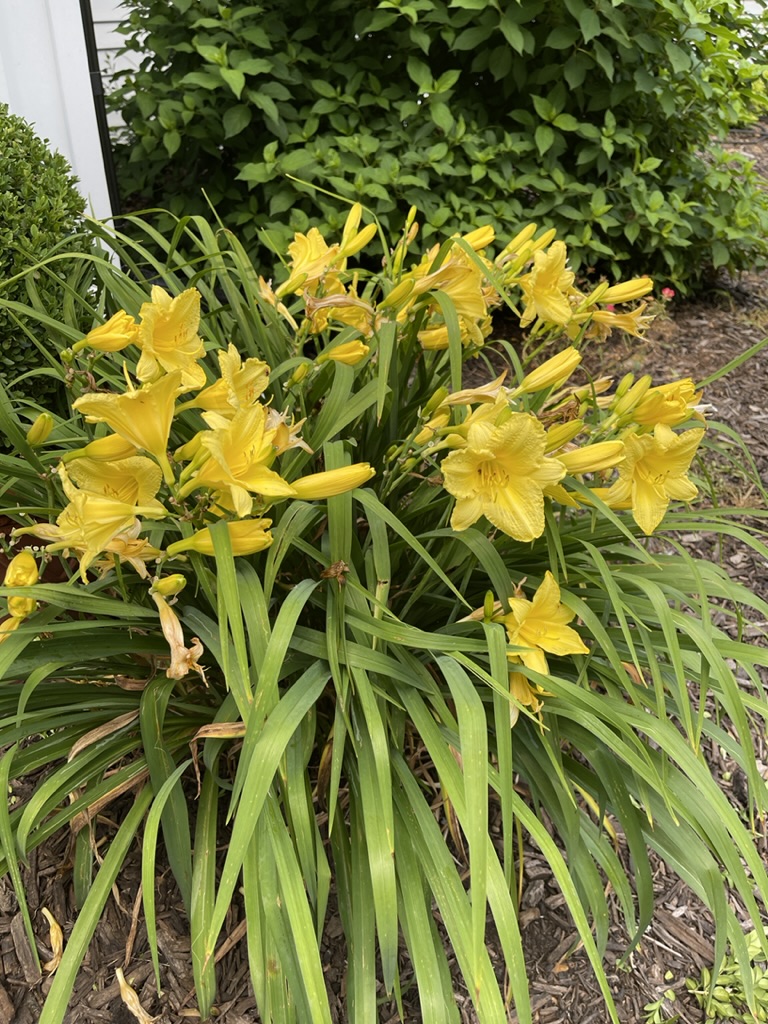
2. Reduce chemicals that affect lawn and insects.
If you need to, research what you may be using for lawn care or reducing insects to make sure that they don’t harm your hummingbirds or the insects that hummingbirds eat.
3. Provide safety in shrubs and trees.
Find out which trees and shrubs that you have that provide a safe environment for nesting and breeding in your landscape. We have a huge crepe myrtle seen in the photo below that they always seem to stay.
4. Provide additional food with homemade nectar in clean feeders.
Since a hummingbird’s metabolism is huge, they have to have a lot to eat and will love to eat from your feeders.
I don’t know about you, but each year we are joined by the sweetest group of hummingbirds. This year my husband saw one first…in April…and told me that little guy looked into the deck door at him, hovering in midair as if to say, “hey, where’s the food?!!
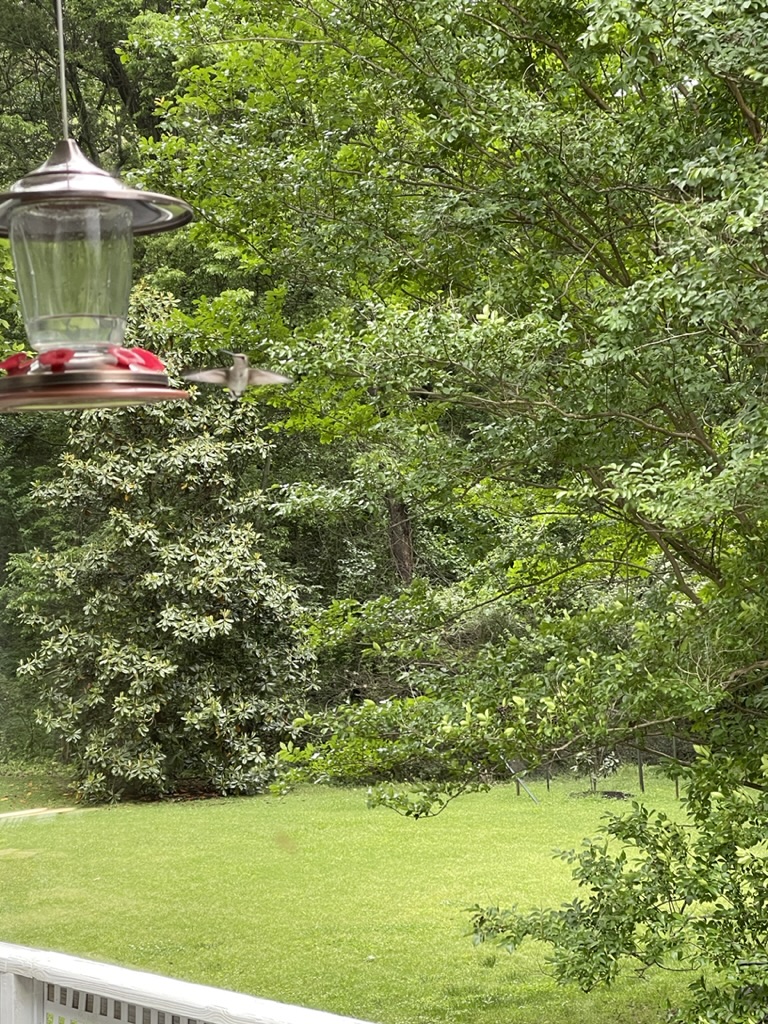
Hence, they eat far more sugar than the members of this household.
Some of them were the tiniest additions to the flock…and soon they were diving and eating and joyfully landing in their favorite trees for all to see.
This is the only place that we have had hummingbirds join us. Each year they arrive in either April or May and stay around until the fall weather beckons them to head southward.
About hummingbird nectar…
I learned early on that commercial nectar, especially with red dye, was not the best. There’s a controversy about the red dye and effect on those little birds. So, I err on the side of safety and make my own.
Because of our hot and humid weather here, I have chosen to only make 2 C of nectar at a time and then clean the feeder with a clean (only used for cleaning the feeder) toothbrush and hot water before adding the nectar to the feeder.
Note: With all the additions in dishwashing liquid–smells, softeners, etc.–I just avoid using them to clean my feeders.
There are feeders that also have a little holder on the top to add water to drown any ants that might try to contaminate the feeder. I have been fortunate with this latest feeder and haven’t had that problem. If I have seen any ants, I simply add vaseline to the hanging line and that deters the ants from continuing their trek to the feeder openings.
TIP: Also, be careful to hang those feeders in a safe place from predators. We love hanging ours on a hook by our deck door. The perfect location for the me or the littles to observe them as they eat.
One thing I have learned in making nectar is that only plain white granulated sugar and water is recommended.
Who knew that honey and molasses or other sugars can’t be digested by hummingbirds? They also increase the potential of mold in the feeder that can be fatal to hummingbirds.
The Smithsonian website always suggests a 4 C water to 1 C sugar ratio and I have always used this as a guide in preparing mine.
The recipe below gives you a half recipe that helps me to replace and clean the feeder every few days. This summer they are consuming about 4 C per week. I still watch and clean out and change feed when hot weather or feeding produces cloudiness. The featured picture was right before I changed out the feed again.
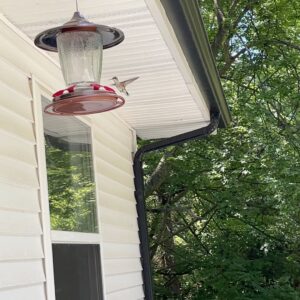
Hummingbird Nectar
Equipment
- 1 teapot optional, but makes heating water so easy
- 1 liquid measuring cup
- 1 dry measuring cup
- 1 hummingbird feeder
- 1 mixing bowl with pouring spout
Ingredients
- 1/2 C white granulated sugar
- 2 C boiling water
Instructions
- Add 2 C water to a tea kettle and bring to a boil. You can use a pot to bring water to a boil, but the tea kettle that's quick and easier to pour makes this job a breeze.TIP: Boiling will help slow the fermentation of the nectar initially, but as long as the sugar is dissolved, some people do not boil the water. Boiling water helps the sugar dissolve completely.
- Pour water into a bowl with a spout (to fill feeder easier) and add sugar and mix til dissolved. Set it aside to cool completely before filling the hummingbird feeder.TIP: Use only plain white sugar. Honey and molasses are too heavy for hummingbirds to digest and ferment more mold that can be fatal to hummingbirds.
- While nectar is cooling, make sure that you clean the hummingbird feeder well. Using a clean toothbrush designated only to clean the feeder, clean each hole and the entire inside of the feeder before filling.TIP: I avoid using any detergents, but use simply hot water to clean.
- Add clean hummingbird nectar to cleaned hummingbird feeders every few days and at least once a week to keep hummingbirds fed and healthy.
Notes
A few hummingbird feeders…
Just click on the photo to find the link to shop…same price for you, but may be beneficial for this blog. See disclosure policy for more information.

One last note on hummingbirds…
Predators of hummingbirds are hawks, snakes, lizards and cats. Since all of those can get into trees, it’s important to note that.
Hopefully, the hummingbirds in your yard will stay safe and healthy this summer.
Making active choices here to keep them that way.
Happy hummingbird watching!
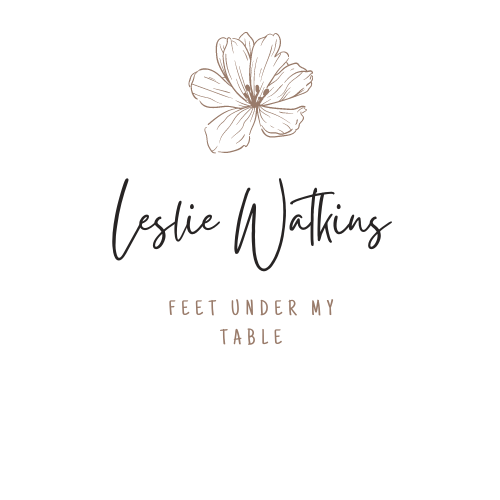
You May Also Like
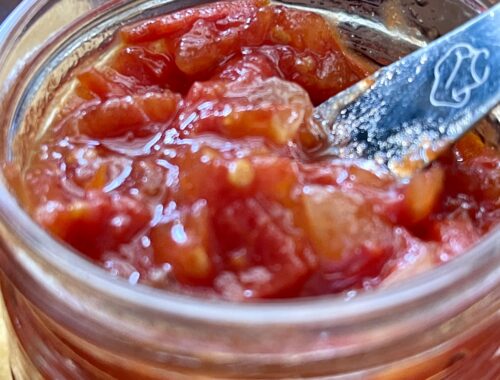
Tomato Jam- A Great Condiment
September 5, 2023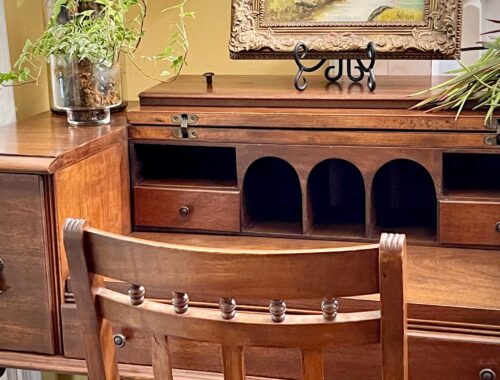
An EASY Way to Furniture Restoration
September 25, 2021


10 Comments
Cindy Walker
Your instructions are exactly how I feed my hummingbirds. I put out 3 feeders around my gazebo. They come back every year. I’m having to clean & fill all 3 of them every day. They eat a lot. I’m having problems this year with bees & wasps. Of course, they’re attracted to sugar water too!
Leslie J Watkins
Oh, my goodness, Cindy! I can’t imagine cleaning and filling 3 a day! Holy cow! You are a better hummingbird mama than I am! I haven’t had the bees and wasp issues yet…I can’t even imagine!
Do Dodson
Great post! Yes, this is the recipe I use too. I enjoy watching those tiny creatures feed. Thanks for sharing.
Leslie J Watkins
Thank you! Great to hear from you!
Martha Wallace
This was so informative!!! Great post! Thanks for all the info!
Leslie J Watkins
They are multiplying by the day…4 cups every 2-3 days is now the norm. I love watching them on my flowers, too.
Vickie Ramey
I was just going to look up the recipe for mine. Thanks!
Leslie J Watkins
Yay! Such a joy to watch them! Bet yours are there during the winter months!
Pingback:
Pingback: